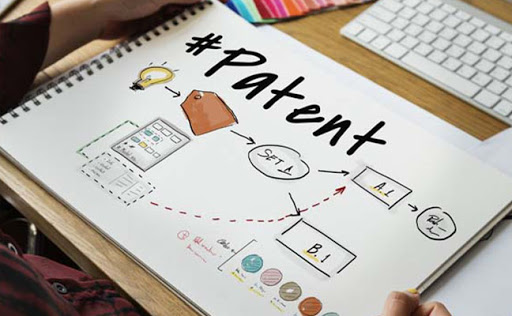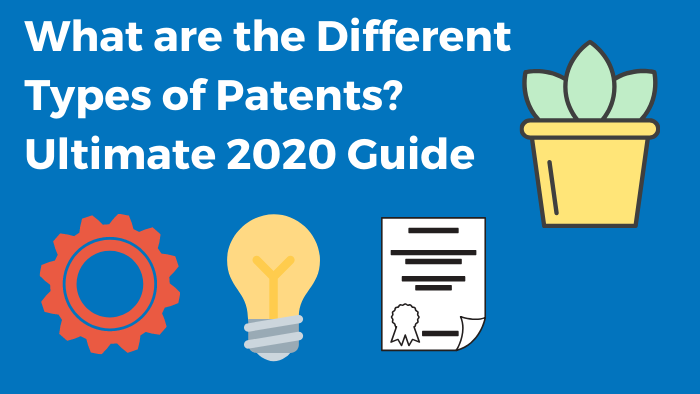A patent registration is a right grant to an individual of a government-owned enterprise used to exclude other individuals or companies from making or selling patented products without the patent owner’s consent. Registration of a patent under the Patents Act, 2002 is mandatory for all Indian inventors seeking protection of their intellectual property, irrespective of their respective fields. India has some special documents and complete process for patent registration.
Advisors can help you with easy ways to register a patent with a complete legal guide. A patent is an agreement with a government that allows a person or organization to own an invention for a specified period of time, a product or process within that country. This protection excludes others from inventing, using or selling. Most industrialized countries grant patents, but they do not recognize patents from other countries.
Security is provide for a limited period, usually 20 years after the filing date of the application.

Types of patent:
Utility patents for any process, machine, product article or composition of matters or any new useful improvements. This type of patent protects the way a thing is used or work (protects inventions).
Design patent for new, original, decorative design of manufactured article. This type of patent protects the appearance of an object.
Plant patents specifically for reproduced, isolated, new plant varieties.

Required documents for patent registration:
Form 1: Application for Patent Grant includes
Inventor’s name and address,
Name and address of the applicant,
Information relating to a previous patent application relating to the current invention, filed by you or any authorized entity, and Some ads, among other information.
Form 2: Provisional / Full Specification
Form 2 is used to specify the specificity of your patent. This may be a temporary or full patent specification depending on the type of patent application you are filing.
Form 4Statement and withdrawal under section
Statement regarding foreign filing Form 3 and warranty link here
Form 3 is use to provide information relate to patent applications file in other countries for current inventions. You will undertake that you are informing the Patent Office Fees in writing regarding the relevant applications for patents filed outside India.
Notification as Inventor-Form5
This application is use to disclose the inventors of the current patent application-Form 5
: Power of Attorney (if filed by a patent agent)-Form 26
Form 26 is used to assign a power of attorney to the patent agent to deal with the patent application, correspondence and communication on your behalf.
Procedure for patent registration
The procedure for securing your patent with patent registration is as follows:
1- File an application for patent registration: For patent registration, first, you must file an application providing details of the search in the correspondence of the Intellectual Property Department.
2 – Patent Application Review: Once you have submitted the application, whether it is an existing patent on the same ideas, it will be checked by the Government of India’s Patent Office Fees. If your ideas are unique and responsible for registration criteria, a patent certificate will be awarded.
3. Patent Grant: Once the Government of India patent office fee is paid along with their verification process, they will update the status of your application on the Government of India website, Department of Industrial Policy and Promotion and Ministry of Commerce Industry. It takes about a year to get a certificate of patent registration.

Characteristics of patent documents
Descriptions and drawings
The description gives the background of the invention (what was known before the invention, i.e., “previous art”), and defines the difference between the existing technology and what it contributes to technological development. Information includes:
Search title
- Statement of patent history
- Field of discovery
- Summarize the search in broad terms
- Brief description of drawings and drawings
- Detailed description of the discovery
Claims
The claim is the researcher’s argument that there are written statements about what his special property is. They determine the scope of patent protection and define the legal boundaries of the invention.
Abstracts
Many patent documents contain an abstract summarizing the content of the document.
Classification
The patent documents contain “taxonomy symbols” to facilitate finding and extracting relevant information from them. Although many classification systems exist, today the International Patent Classification (IPC), which was concluded more than 300 years ago by an intergovernmental agreement and was administered by the WIPO, is the most widely applied of all major industrial property offices.

Date
Patent dates reveal the age of invention and whether it is still under legal protection. Patent documents can list:
Date of application
Priority date
Date of grant
Inventor, applicant, owner
Most patent documents indicate the name and address of at least one or two of the following:
Inventor
Applicant
Patent (owner)
Classification of patent registration:
To facilitate the search, each patent is categorized using a define scheme. A taxonomy scheme is a system of codes that group searches according to a technical field, meaning that similar inventions are group under the same taxonomy.
International Patent Classification (IPC)
The International Patent Classification (IPC), established by the Strasbourg Agreement 1971, provides a hierarchy of language-independent symbols for the classification of patent and utility models according to different areas of technology.
US Patent Classification System (USPC)
USPC It is a system for organizing all U.S. patent documents and many other technical documents based on a common theme. The system has 450 classes and 150,000 subclasses.
Cooperative Patent Classification (CPC)
Similarly, The Cooperative Patent Classification (CPC) effort is a joint partnership between the United States Patent and Trademark Office Fees (USPTO) and the European Patent Office Fees (EPO) where ices fees have agreed to synchronize with their existing classification systems (European Classification (ECLA) and United States. Patent Classification (USPC) and General Classification Scheme respectively
Benefits of patent registration:
Patents give you the right to prevent others from copying, producing, selling or importing your inventions without your permission. See Protection of Intellectual Property.
You get protection for a pre-determined period, allowing you to expose competitors.

You can then use your search manually.
Alternatively, you can license your patent for use by others or you can sell it. This can provide an important source of income for your business. Indeed, some businesses exist only to collect royalties from the patents they have licensed – perhaps in combination with a registered design and trademark.
